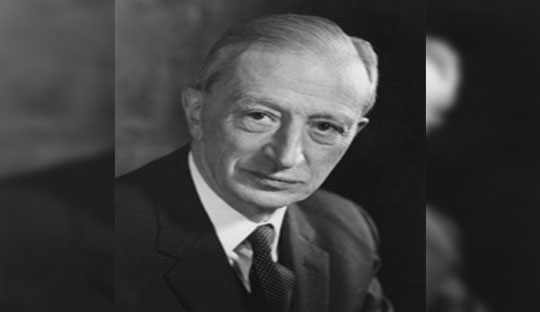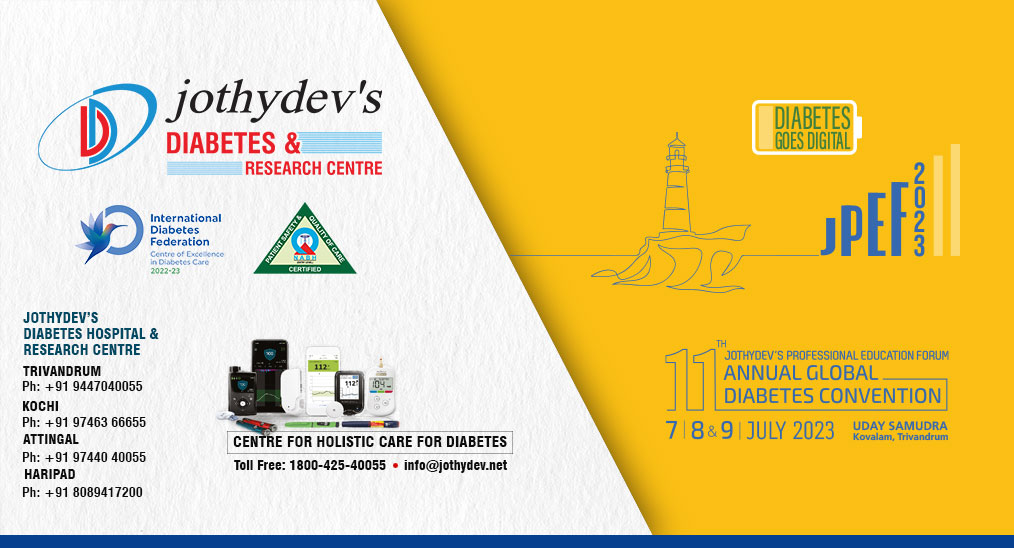8. Sir Harold Percival Himsworth

Sir Harold Percival Himsworth, also known as "Harry," was a renowned clinical scientist recognized for his medical research on diabetes mellitus. Himsworth demonstrated the classification of diabetes into what he termed "insulin-sensitive" and "insulin-insensitive" categories long before the discovery of a radioimmunoassay for insulin. In 1936, Himsworth presented a report on an experiment conducted on people with diabetes at University College Hospital. Modestly emphasizing his "tentative opinions" about the trial, his work ultimately shaped the history of diabetes. His research focused on the relationship between carbohydrate metabolism and diabetes, highlighting clinical variations between "insulin-sensitive" and "insulin-insensitive" individuals.
Firstly, diabetes typically develops suddenly in insulin-sensitive people, while it progresses slowly in insulin-insensitive individuals. The findings indicate that the onset of diabetes in insulin-sensitive patients is generally acute, whereas in insulin-insensitive patients, it is insidious. Himsworth observed that the insulin-insensitive type was more prevalent in, though not limited to, the elderly, while the insulin-sensitive type was more frequently found in the young. Additionally, he was able to elucidate the practical benefits of choosing appropriate diets for different people with diabetes through his research.
It was not until 1979 that the United States National Diabetes Data Group sponsored an international consensus meeting to discuss the classification and diagnosis of diabetes and glucose intolerance. This led to the introduction of the first universally accepted classification system, distinguishing between type 1 (insulin-dependent) and type 2 (non-insulin-dependent) diabetes, effectively institutionalizing Himsworth's formulation of insulin resistance. In 1986, he published a book titled "Scientific Knowledge and Philosophic Thought," which features an appreciative preface by Nobel Laureate James Watson.
For enquiries info@jothydev.net.
Please visit: jothydev.net | research.jothydev.com | diabscreenkerala.net | jothydev.com/newsletter




